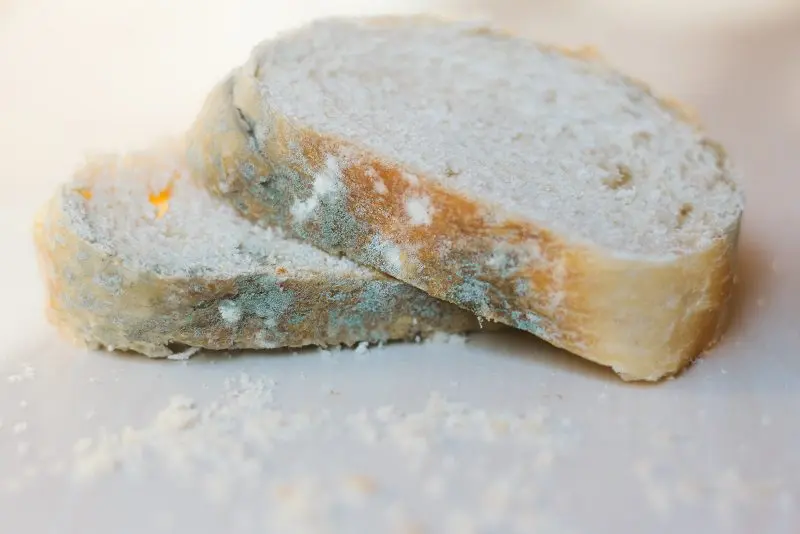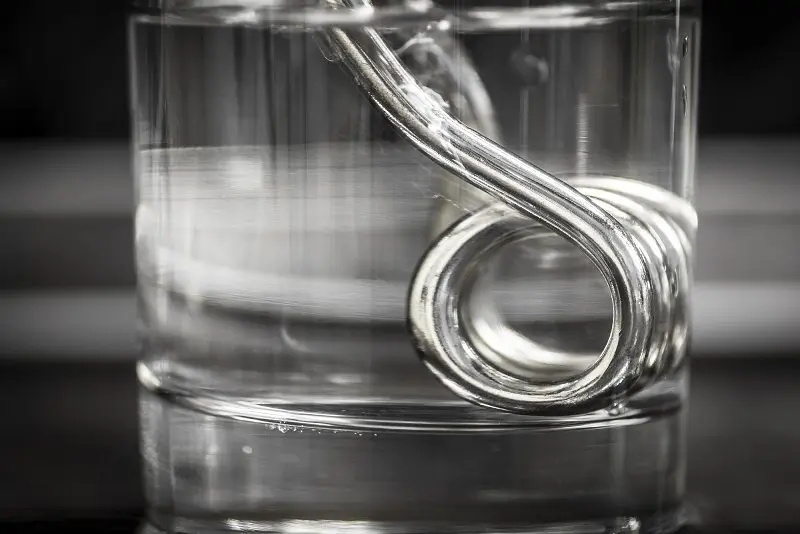Alcohol in places of detention is prohibited. It is impossible to buy vodka or wine in the shop at the colony, so the prisoners try to brighten up their existence with the help of self-made alcoholic beverages. Moonshine in the prison is made from easily obtainable products, and the distillation device is assembled from improvised means.
How moonshine is made in prison
The main task of a moonshiner in places of detention is to make and preserve mash. Sugar is not one of the prohibited foods, but it is difficult to get it. Often it is not accepted in broadcasts, as the correctional facility management knows perfectly well what this product can be used for. A popular substitute for sugar is candy, which can be bought in a store or received in a parcel from the “freedom”.
In the most extreme case, sweet tea is used. It is taken away from breakfast and poured into a pot in the barracks. Since quite a lot of prisoners are united for moonshining, the container fills up quickly. The tea is then evaporated using a boiler to obtain the desired concentration of the mixture. As a result, a sweet and rather thick liquid is formed, which can be used to make mash.

Yeast in the zone is not easy to find. As a rule, they are obtained illegally: they are exchanged for convicts working in the economic block or simply stolen in the canteen. The easiest way to get yeast in prison is to grow it yourself. The nutrient medium is bread, which is poured over with sweet tea, tied in polyethylene and placed under a battery for a couple of days. In the summer, in the absence of heating, the bag is carefully covered with jerseys. As a result, mold fungi are formed, which successfully perform the function of yeast.
A plastic container with mixed ingredients is hidden in a warm place. It takes three to five days for the mash to acquire the necessary consistency. Moldy bread crusts, raw potatoes, peas or porridge added to the mixture speed up the process. Periodically, the liquid is stirred to avoid explosion and subsequent leakage. Often the container is heated – this way the mash ripens faster, and the risk of losing it during the test will be lower.

Moonshine still in prison
The outgoing mash is filtered, for this a sock is used. The used raw materials are carefully squeezed out and also put into action – they are given to prisoners who are engaged in dirty cleaning and carry out small assignments for handouts.
It often happens that they drink the mash right away. This does not have the best effect on digestion, and from the use of alcohol-containing cake, diarrhea is provided even with indestructible health, since mold is contained in the remnants of bread.
The distillation of the mash is carried out by specialists who are in each residential section. The device is made from parts that can be obtained in places of detention, the list of necessary includes:
- three-liter jar;
- plastic basin;
- boilers;
- plastic bottles;
- hose.
The most necessary component is a boiler, you need at least two devices. One is used to heat the mash, the rest is disassembled and a coil is made from the metal part, for which all the contents are shaken out of the spiral. Individual elements are secretly made in the industrial area and brought to the barracks. Such a moonshine is easy to disassemble and hide all parts separately.

Distillation process
Distillation is done at night in the washbasin – there is cold water in the room, and it is easier to ventilate it. Braga is poured into the jar, the container is tightly closed with a lid, on which an ordinary boiler is fixed from below, and a hose from above. Then everything is heated to a boil. The liquid begins to evaporate and through the hose enters the coil, lowered into a bowl of cold water. Then the moonshine drops into the prepared container. Readiness is checked with matches – if the substance burns, then it can be consumed.
Sometimes the drink is purified with a makeshift filter made from a piece of cotton wool and activated charcoal. Gourmets insist moonshine on raisins, prunes, walnuts, orange peels. Double distillation allows you to get a liquid with a strength of 70 degrees, which is highly valued in the zone. This method is possible only in correctional facilities with relatively mild conditions of detention, where it is easier to get everything you need for home brewing.
In pre-trial detention centers, a simpler distillation method is used:
- a plastic bucket is half filled with mash;
- inside, an empty mayonnaise container is hung on threads;
- lower the boiler into the liquid;
- a plastic bag is tightly pulled on top.
Then the structure is placed in the sink and the heating device is connected to the network. At the same time, the improvised lid is cooled with cold tap water. On the reverse side of the polyethylene, alcohol condensate is formed, which is collected in a mayonnaise bucket. In an hour, in this way, you can overtake 0,7 liters of moonshine-pervak, and its strength reaches 60 degrees. As a rule, the mash is distilled several times, the resulting alcohol is mixed. One party can suffice for a group of up to ten people.

“Prison” moonshine is consumed chilled, as it exudes a strong smell of fusel oils. Due to the extremely low quality of the drink, the hangover after drinking lasts for several days and is accompanied by a severe headache. But the dire consequences and the threat of severe punishment do not stop prisoners from trying to cloud their minds with homemade alcohol.









